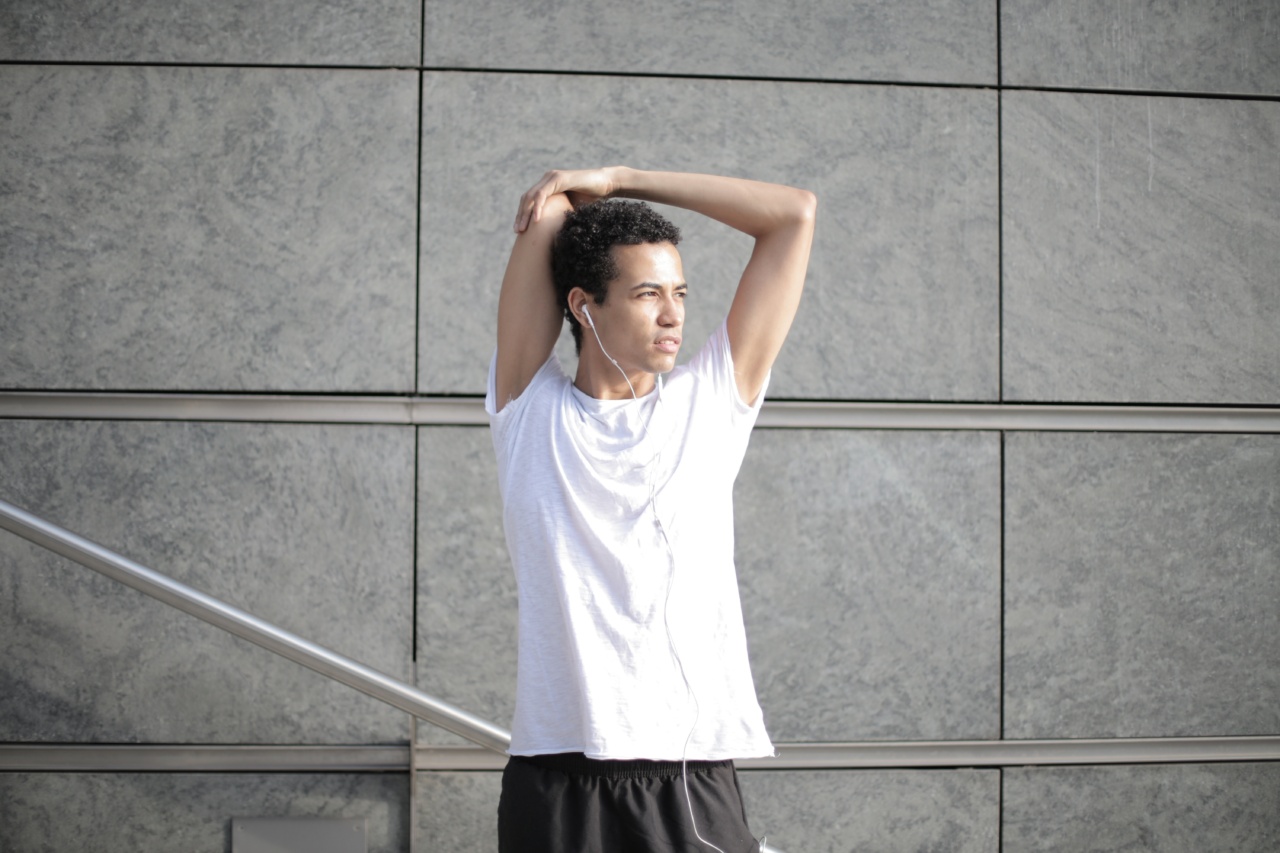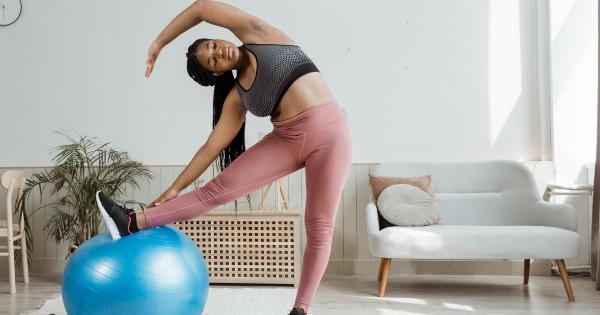Arm relaxation and flexibility are crucial for maintaining optimal arm function, preventing injuries, and enhancing overall performance.
Whether you engage in sports activities, work at a desk all day, or perform repetitive arm movements, it’s essential to incorporate exercises that promote relaxation and flexibility to keep your arms healthy and functional. This article will explore a variety of exercises that target different muscle groups in your arms, helping you restore relaxation and flexibility for improved arm mobility and function.
1. Shoulder Rolls
Shoulder rolls are a simple and effective exercise for promoting arm relaxation and flexibility. Stand with your feet shoulder-width apart and let your arms hang loosely at your sides.
Slowly roll your shoulders forward in circles, starting from small circles and gradually increasing the size of the circles. After a few rotations, reverse the movement and roll your shoulders backward. Perform ten repetitions in each direction.
2. Wrist Flexor Stretch
Sit or stand with your back straight and extend your right arm forward with your palm facing up. Using your left hand, gently bend your right wrist backward until you feel a stretch in your forearm. Hold the stretch for 15-30 seconds and then switch arms.
Perform two to three stretches on each hand.
3. Wrist Extensor Stretch
Sit or stand with your back straight and extend your right arm forward with your palm facing down. Use your left hand to apply gentle pressure on your right hand, bending it downward until you feel a stretch in your forearm.
Hold the stretch for 15-30 seconds and then switch arms. Repeat the stretch two to three times on each hand.
4. Tricep Stretch
Stand with your feet shoulder-width apart and raise your right arm overhead, bending it at the elbow. Reach your left hand behind your head and gently grasp your right elbow. Apply gentle pressure with your left hand to deepen the stretch in your tricep.
Hold the stretch for 15-30 seconds and then switch sides. Perform two to three stretches on each side.
5. Bicep Stretch
Stand with your feet shoulder-width apart and place your palms on a wall or sturdy surface at shoulder height. Step forward with your right foot, keeping your left foot back.
Keeping your back straight, lean forward into the wall, allowing your right arm to extend behind you while keeping it straight. You should feel a stretch in your bicep. Hold the stretch for 15-30 seconds and then switch sides. Perform two to three stretches on each side.
6. Arm Circles
Extend your arms out to your sides, forming a T-shape with your body. Make small circles with your arms, gradually increasing the size of the circles. After several rotations, reverse the direction of the circles. Perform ten repetitions in each direction.
7. Forearm Squeezes
Hold a soft ball or stress ball in the palm of your hand, ensuring it fits comfortably in your grasp. Squeeze the ball with your fingers and palm, applying moderate pressure. Hold the squeeze for 5-10 seconds and then release.
Repeat the exercise for ten repetitions on each hand.
8. Scapular Retraction
Stand with your arms relaxed at your sides and slightly bend your knees. Imagine squeezing a pencil between your shoulder blades, retracting your scapulae toward your spine. Hold the squeeze for 5-10 seconds and then release.
Repeat the exercise for ten repetitions.
9. Rotator Cuff Stretch
Stand with your feet shoulder-width apart. Raise your right arm to shoulder height and bring it across your body, placing your left hand on your right elbow. Gently pull your right arm toward your body until you feel a stretch in your shoulder.
Hold the stretch for 15-30 seconds and then switch sides. Perform two to three stretches on each side.
10. Grip Strengthening
Hold a soft ball or stress ball in the palm of your hand. Squeeze the ball as hard as you can without causing discomfort or pain. Hold the squeeze for 5-10 seconds and then release. Repeat this exercise for ten repetitions on each hand.
Conclusion
Practicing the exercises mentioned above regularly can significantly improve arm relaxation and flexibility. Remember to start with gentle movements and gradually increase intensity as your muscles become more conditioned.
By incorporating these exercises into your routine, you can prevent arm stiffness, reduce the risk of injuries, and enhance your arm’s overall functionality.






























